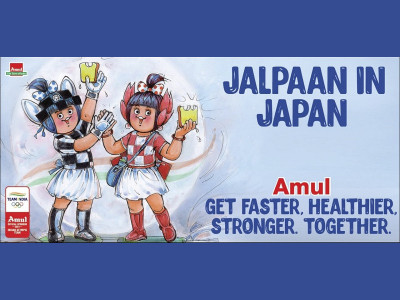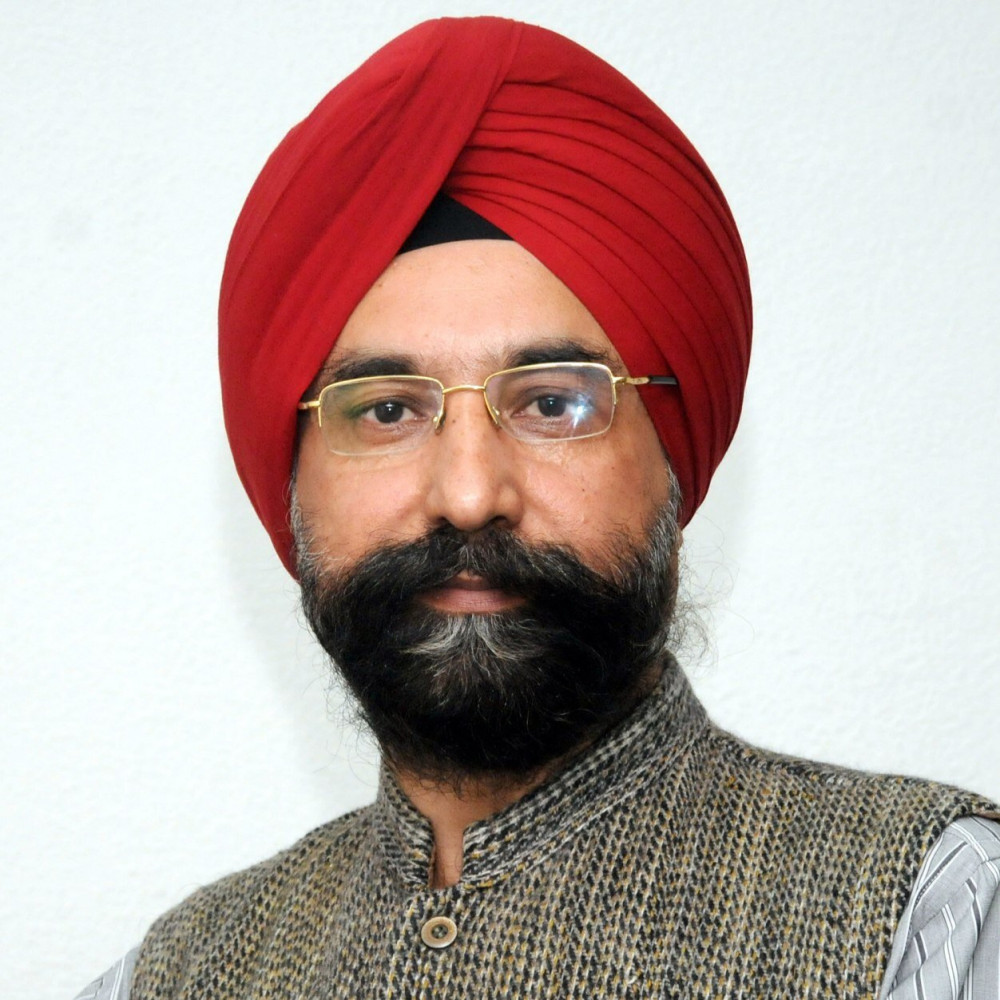Amul’s ‘Jalpaan In Japan’: Do we need to translate every piece of brand message?
Since 1967, Amul has been excelling at moment-marketing and it’s topical advertising has become the longest running hoarding advertisement in the world. Right from a new discovery to a celebration, be it an obituary or a debate; Amul girl has touched upon everything that can be India’s ‘chai pe charcha’ topic. The exposure of these creatives on social media was just a matter of time, as the online platform became popular. It was then obvious that the Olympics in Tokyo 2021 is not going to stay out of the radar.
GAMEXX Awards 2021 Last date for submitting entries - Monday, July 26, 2021 - ENTER NOW
On the eve of the Tokyo Olympics, Amul released its ad heralding the games with the tagline – ‘Jalpaan In Japan’. The ad featured two Amul girls dressed as the official mascots of the Tokyo Olympics 2020 – ‘Miraitowa’ and ‘Someity’. The copy read: “Amul. Get Faster. Healthier. Stronger. Together.”
Along with outdoor, the ad was also released in multiple publications, including The Hindu. One might wonder why a heavy Hindi word like ‘Jalpaan’, which means snacks or breakfast, for the South India market. From a creative point of view, it’s a pun on Japan. At the end of the day, it is a mass-level creative. Jalpaan could not be translated any other way and have the same impact.
RS Sodhi, MD, GCMMF (Amul), said, “Most of our campaigns are Hinglish, and the script is almost always in English. We use puns and try to keep it light. Ad copies are never translated to specific markets because a lot can get lost in translation. This is not a geography-bound campaign. The Olympics is more universal, and the same campaign was released all over the country. When we do regional campaigns, then we launch it only in those specific markets. Even then, we don’t have different campaigns or versions for the same campaign.”
DaCunha Communications’ Rahul daCunha said, “The joy of the headline - Jalpaan in Japan - is in the alliterative pun. I feel most of India would get the line and the humour of it. Plus the girl has the buttered slice in her hand. The response in social media has been quite overwhelming today - we timed the creative to coincide with the opening of the Olympics. Hope our topical can inspire our athletes to win some gold medals.”
However, there were discussions about the use of the word ‘Jalpaan’ amongst the readers from the Southern states of India since the population of Hindi speakers there is comparatively lower than in the rest of the country. People wondered about Amul’s thought process behind this advert; and what’s the point of the message if not delivered correctly as a marketer? One is reminded one of the time when an Uber Eats campaign also faced flak when it used the name of a common vegetable, known as ‘Tinda’ in North India. The word seemed lost in translation in the South markets.
Sridhar Ramanujam, Founder CEO at Integrated Brand-Comm, opined that these mishaps happen since copywriters are usually based in metropolitan cities like Delhi and Mumbai. They fail to consider that not everyone can understand Hindi. He highlighted that in the 80’s, the trend of conceptualising in Hindi began, and advertising became more broad-based. With ads like Pepsi’s “Dil maange more”, marketers could broad-base ad messages that were niche. Amul does this today at a much larger magnitude. He added, “That can be the attitude of a politician, but not a marketeer.” But he also reasons that employing creatives in different languages results in skyrocketing of brands’ budgets.
On the other hand, Prathap Suthan, Managing Partner/Chief Creative Officer at BangInTheMiddle, said that there was no other way for the copywriters to translate ‘Jalpaan’ in a manner that still rhymed with Japan. He said, “Amul used to publish on hoardings long before social media. They have never really bothered about Southern India not getting something or North India not understanding something. From a creative point of view, it is nothing but a pun on Japan because there is no other word that makes sense.”
Suthan stressed that it must be taken for what it is – a mass-level creative at the end of the day. Instead of taking offense to something of this nature, people should just laugh at it and go about their day. In fact, because of the rise in OTT content, even Tamilians know basic Hindi.
Another brand expert discarded the whole debate by saying, “Not everything can be tailored and ‘Jalpaan’ is not a heavy duty Hindi word. One has to be equally sensitive about the joy of writing as they are to the market sentiment. At the end of the day, social media, especially Twitter, is the best litmus test for any marketing message. As long as there’s no snowballing of criticism, the campaign has hit the right chords. This is a brilliant campaign and to keep doing it every single time, does call for some accolades.”
(Additional inputs by Raushni Bhagia.)








Share
Facebook
YouTube
Tweet
Twitter
LinkedIn